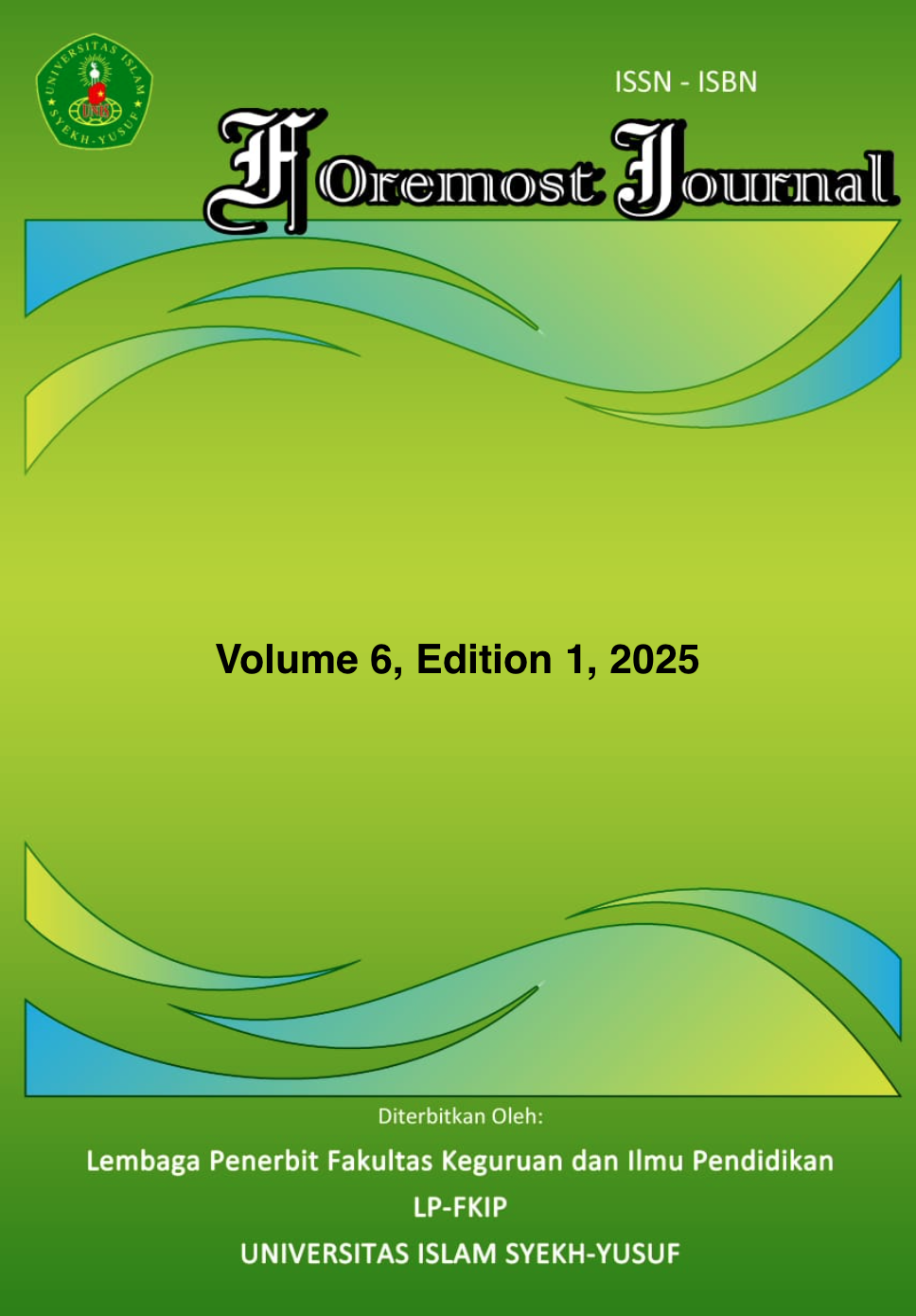The Impact of MAMO Mobile Application-Based Microlearning on Students’s Comprehension in Creating Procedural Text in Junior High School
DOI:
https://doi.org/10.33592/foremost.v6i1.6874Keywords:
Microlearning,comprehension,procedure textAbstract
This research explores about The Impact of MAMO Mobile Application Based Microlearning on Students’s Comprehension in Creating Procedural text in Junior High School. This type of research is experimental research using One group pre-test and post-test. The sample in this study was 35 9th-grade students. The instruments used were pre-test and post-test. So based on the results of the calculation of students' understanding ability in making procedural texts, the Asymp. Sig (2-tailed) value is 0.001 <0.05. In addition, an N-gain score is 0.7607 > 0.76 was found. By considering the Asymp. Sig (2-tailed) value obtained, it can be concluded that there is an influence between the Microlearning learning model through the MAMO mobile application on the understanding ability of 9th-grade students at SMP Benteng Gading. Based on the N-gain value, it can also be concluded that the Microlearning learning model is more effective in improving students' comprehension.
Downloads
Published
How to Cite
Issue
Section
License
Copyright (c) 2025 Foremost Journal

This work is licensed under a Creative Commons Attribution-NonCommercial-ShareAlike 4.0 International License.
- Authors certify that the work reported here has not been published before and contains no materials the publication of which would violate any copyright or other personal or proprietary right of any person or entity.
- Authors transfer or license the copyright of publishing to Foremost Journal to publish the article in any media format, to share, to disseminate, to index, and to maximize the impact of the article in any databases.
- Authors hereby agree to transfer a copyright for publishing to Foremost Journal a Publisher of the manuscript.
- Authors reserve the following:
- all proprietary rights other than copyright such as patent rights;
- the right to use all or part of this article in future works of our own such as in books and lectures;
- use for presentation in a meeting or conference and distributing copies to attendees;
- use for internal training by author's company;
- distribution to colleagues for their research use;
- use in a subsequent compilation of the author's works;
- inclusion in a thesis or dissertation;
- reuse of portions or extracts from the article in other works (with full acknowledgement of final article);
- preparation of derivative works (other than commercial purposes) (with full acknowledgement of final article); and
- voluntary posting on open web sites operated by author or author’s institution for scholarly purposes, but it should follow the open access license of Creative Common CC BY-NC-SA License.



